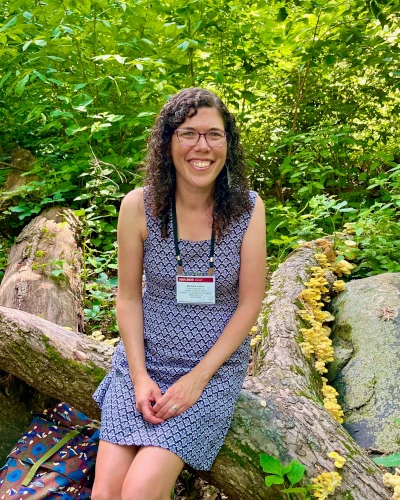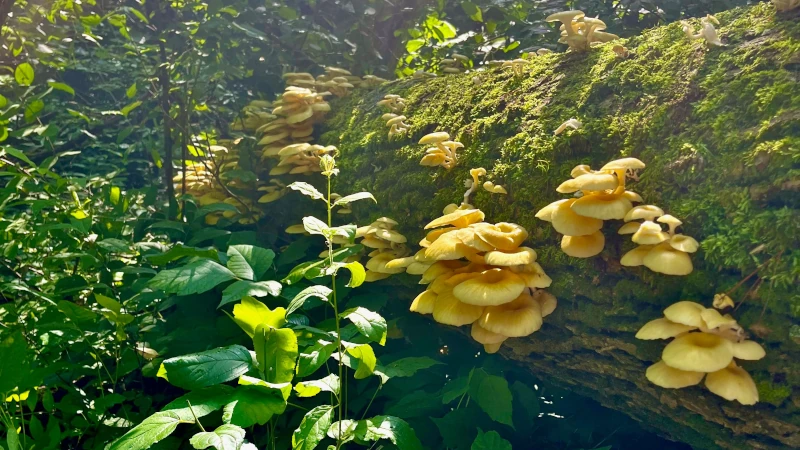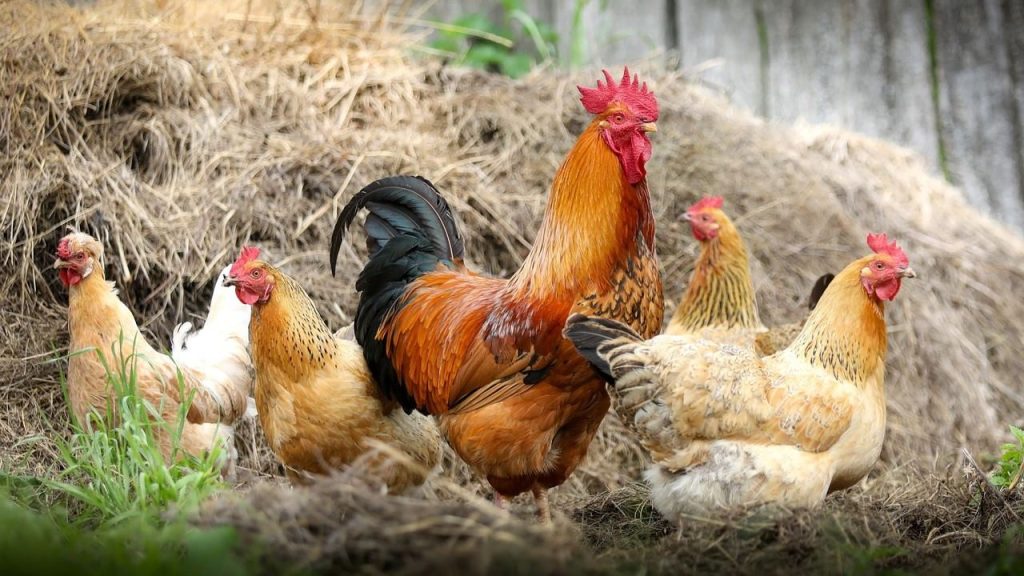Golden oyster mushrooms cultivated, sold in Florida: Scientist urges caution
Written by: Lourdes Mederos, UF/IFAS
The golden oyster mushroom, with bright yellow pillowy caps, are a popular buy that are sold in grow-your-own kits as well as standard grocery stores, farmer and gourmet markets. A University of Florida researcher warns it is quietly invading forests and is now spotted in the markets of the Sunshine State.
Michelle Jusino, assistant professor of forest pathology at the School of Forest, Fisheries, and Geomatic Sciences (FFGS) at the Institute of Food and Agricultural Sciences (UF/IFAS) cautions that the popular mushroom prized by culinary enthusiasts and connoisseurs comes with great responsibility when growing.
“The golden oyster mushroom may look harmless on a log, but it appears to be a strong competitor in the forest,” she said. “It is associated with changes in the fungal community, reducing biodiversity and potentially affecting processes like wood decomposition and carbon cycling.”

Michelle Jusino sitting on a log blanketed with golden oyster mushrooms (Pleurotus citrinopileatus) in Madison, Wisconsin. Captured by co-author Dr. Daniel Lindner during the 2025 Mycological Society of America meeting.
Credit: Daniel Lindner
The warning follows a recent field study in Wisconsin co-designed by Jusino during her time at the U.S. Forest Service. The study, recently published, reveals how human activities, such as buying, cultivating and transporting mushrooms, can unintentionally introduce invasive species that disrupt ecosystems.
To understand the mushroom’s spread, the researchers used community science data from platforms including iNaturalist and Mushroom Observer to map golden oyster mushroom sightings across North America. In just a decade, it has made its way across more than 25 U.S. states, with reports of it emerging in Texas, District of Colombia, Virginia, North Carolina, Alabama and Louisiana. Evidence from a pioneering study by Andrea Bruce suggests golden oyster mushrooms were introduced into the wild in the United States around the early 2010s.
“It is slowly marching south, which is really terrifying,” said Jusino. “In 2016, the mushroom was found growing in the wild in just five states, all in the Midwest and Northeast, but today I think fewer than 10 states east of the Mississippi river remain without records of golden oyster in the wild.”
Jusino and the team of research scientists examined dead elm trees with and without golden oyster mushrooms. The team collected wood samples from multiple heights on each tree and used DNA-based techniques to identify all the fungi in the wood. The results showed that trees with golden oyster mushrooms had significantly fewer fungal species, and the types of fungi present were different from those in uncolonized trees. Some native fungi with medicinal or ecological importance have been impacted, while few species appeared to thrive alongside the invasive mushroom.

Golden oyster mushrooms (Pleurotus citrinopileatus) fruiting on a downed log in Mazomanie, Wisconsin. This edible species, commonly cultivated worldwide, has escaped cultivation and become established in North American forests. Credit: Michelle Jusino
“We want to remind growers that not all cultivated fungi stay where we put them. Once released outdoors, even accidentally, the golden oyster mushroom can spread quickly and outcompete native species,” said Jusino.
Researchers suggest monitoring, education and using local mushroom species to help prevent future invasions. Meanwhile, Jusino is working on testing methods for continued research.
As sightings of the golden oyster mushroom increase, Jusino and other researchers stress that even edible fungi can have far-reaching impacts on forests. Conserving native fungal biodiversity is essential for maintaining healthy ecosystems and the genetic diversity forests need to adapt to a changing climate.
Even though it’s a beautiful, edible species, it’s now proven capable of escaping cultivation and spreading into natural forests, where it can outcompete native fungi.
Jusino’s research also highlights a larger issue: microbial invasions often fly under the radar in conservation. While invasive plants, insects and animals are closely monitored, fungi and bacteria can quietly reshape ecosystems.
“Invasive fungi are part of the biodiversity crisis,” she said. “They’re small, but their impact can be enormous. Paying attention now gives us a chance to protect native ecosystems before the balance tips too far.”
The post Golden oyster mushrooms cultivated, sold in Florida: Scientist urges caution, written by Lourdes Mederos, first appeared in the University of Florida Institute of Food and Agricultural Sciences’ Agriculture blog.
The mission of the University of Florida Institute of Food and Agricultural Sciences (UF/IFAS) is to develop knowledge relevant to agricultural, human and natural resources and to make that knowledge available to sustain and enhance the quality of human life. With more than a dozen research facilities, 67 county Extension offices, and award-winning students and faculty in the UF College of Agricultural and Life Sciences, UF/IFAS brings science-based solutions to the state’s agricultural and natural resources industries, and all Florida residents.



